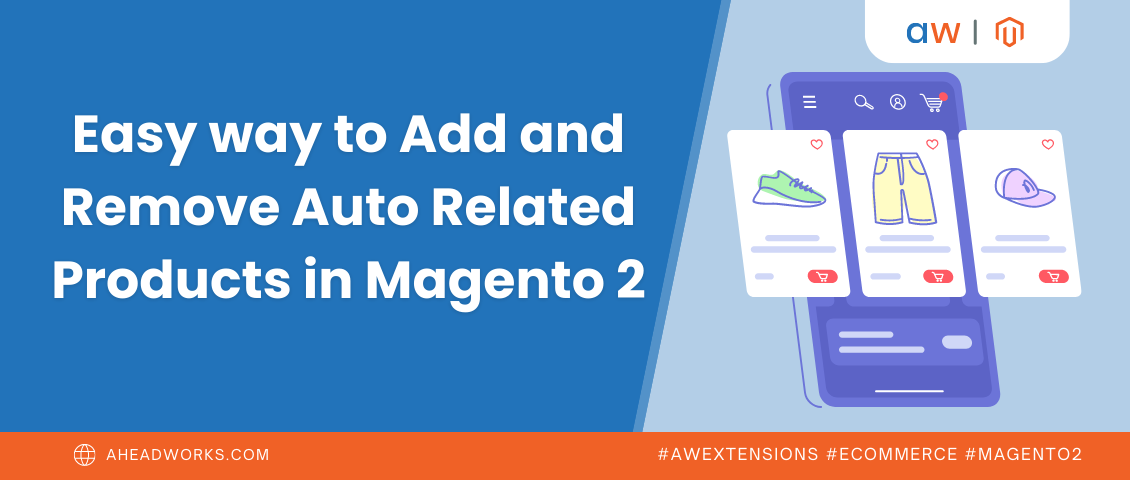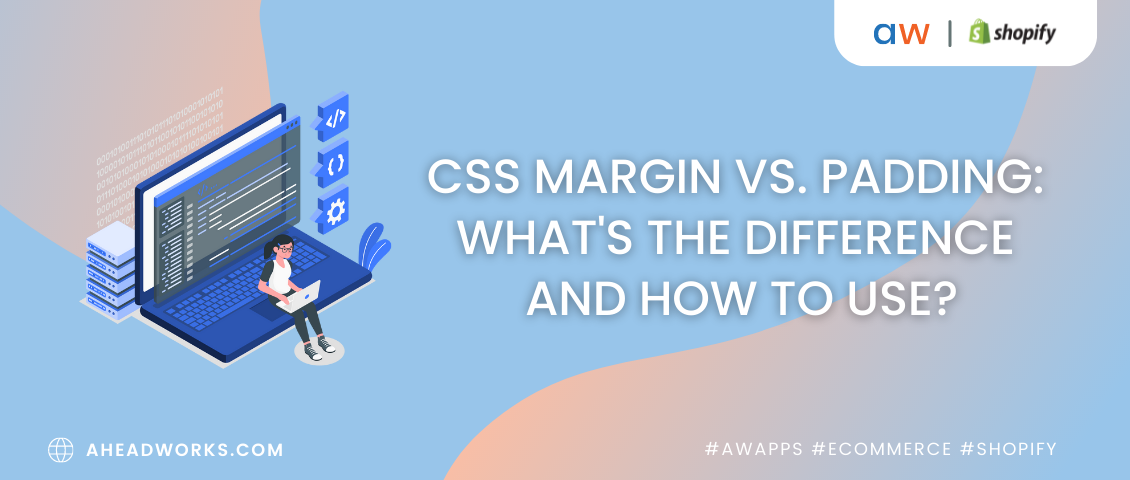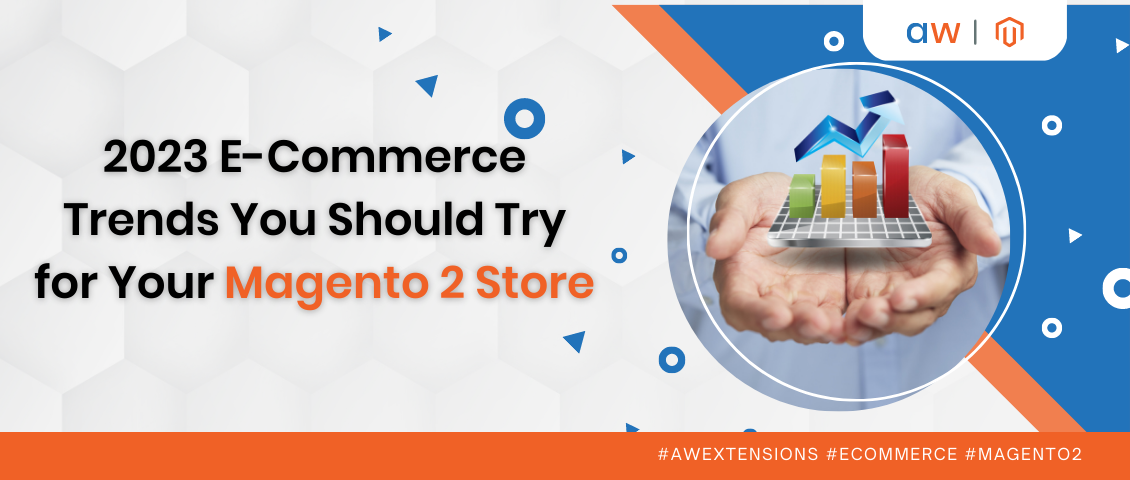
2023 E-Commerce Trends You Should Try for Your Magento 2 Store
Categorized as : Ecommerce and Magento 2 Extensions
Year 2022 was tough for the global economy. According to the International Monetary Fund, the economic growth has slowed from 6.0% in 2021 to 3.2% in 2022. And the forecast for 2023 is disappointing. With the rising inflation, people have become more careful with spontaneous purchases, while the businesses continue improving their marketing strategies to acquire buyers. That’s why it’s so important to constantly add more improvements to your store and keep up with trends in the eCommerce industry.
For you to find eCommerce trends that will be popular in 2023, we created this blog post. The trends presented in this article were selected based on the current performance and industry leaders’ predictions. So what are the latest trends in eCommerce?
#1 Omnichannel selling
A website is a convenient area to sell your goods and services. However, in today’s world there’s no need to limit your market opportunities to a website channel only. According to Zendesk, 95% of consumers use more than two channels for interaction with the brand.
Let’s consider ourselves, where is it easier to reach a customer today: on the website or when they are scrolling their Instagram feed? In the first case, customers usually have a demand or at least enter your website for some reason. However, if we combine these two channels, there will be broader customer reach and therefore more conversion opportunities.
According to Forbes, around 52% of eCommerce websites have omnichannel capabilities. Some of them are outdated, some are only gaining their popularity. Let’s explore the best of them!
1. Social Media, especially TikTok
Social media has grown out of the status of the platform for brand credibility and recognition only. Now they are largely used for selling products and acquiring new customers.
Social commerce means the usage of social media channels as a market for selling products and services.
Thanks to their entertainment orientation, buyers are easier to reach on social media platforms. eCommerce brands, in their turn, make the purchasing process easier, so that a visitor could find and buy a desired item right in one place.
However, not all social media channels perform the same way. Among the most profitable for eCommerce today are TikTok, Instagram and Facebook. However, it doesn’t mean you should sell on all these platforms, especially if you are not ready to pay all your attention and efforts to them all. In fact, marketers suggest choosing one or two and polishing it to perfection. Customers buying via social media should be offered the same quality service and experience as those who make purchases on the website.
eCommerce experts claim that in 2023 special attention should be paid to TikTok. According to Insider Intelligence research, the number of active buyers on TikTok reached 23.7 million in 2022. In comparison, in 2021 it had 13,7 million. Although Facebook and Instagram nearly double these figures, the TikTok growth rate promises to overcome these results sooner than you can expect.

2. Live-streaming
During the pandemic eCommerce brands put all their efforts to bring customers the same experience on the internet as they have on physical stores. And some of them work well and have been improved with time. Virtual events, so popular thanks to Apple with their products’ presentations, tend to attract even more buyers than live ones. Majorly, it happens because more people, even from distant areas, have access to the event. However, for businesses selling non-digital products it can be of little use.
In this case, virtual try-ons and live-streaming are the best match. Customers want to see the products the brand sells AND have an opportunity to try them on. It’s also a pleasure to feel the atmosphere of the physical store, explore its design and tour around it as if you’re there. Some stores have already implemented live-streaming and virtual try-ons.
For example, look at L’Oreal virtual try on which offers you to choose hair dye that really suits you.

3. Influencers
Another trend that is expected to grow in 2023 is the use of influencers in ecommerce.
Influencer marketing refers to the practice of working with individuals who have a large following on social media to promote products or services.
By leveraging the influence of these individuals, businesses can reach a wider audience and drive more sales. Thus, influencer marketing on Instagram has reached $2.3 Billion this year. It is considered to be particularly effective in areas such as fashion and beauty, but it can be used in a variety of different industries.
By incorporating omnichannel sales and influencer marketing into the strategy, your Magento 2 store can increase customers reach, drive more sales and keep up with the fast-paced e-commerce industry.
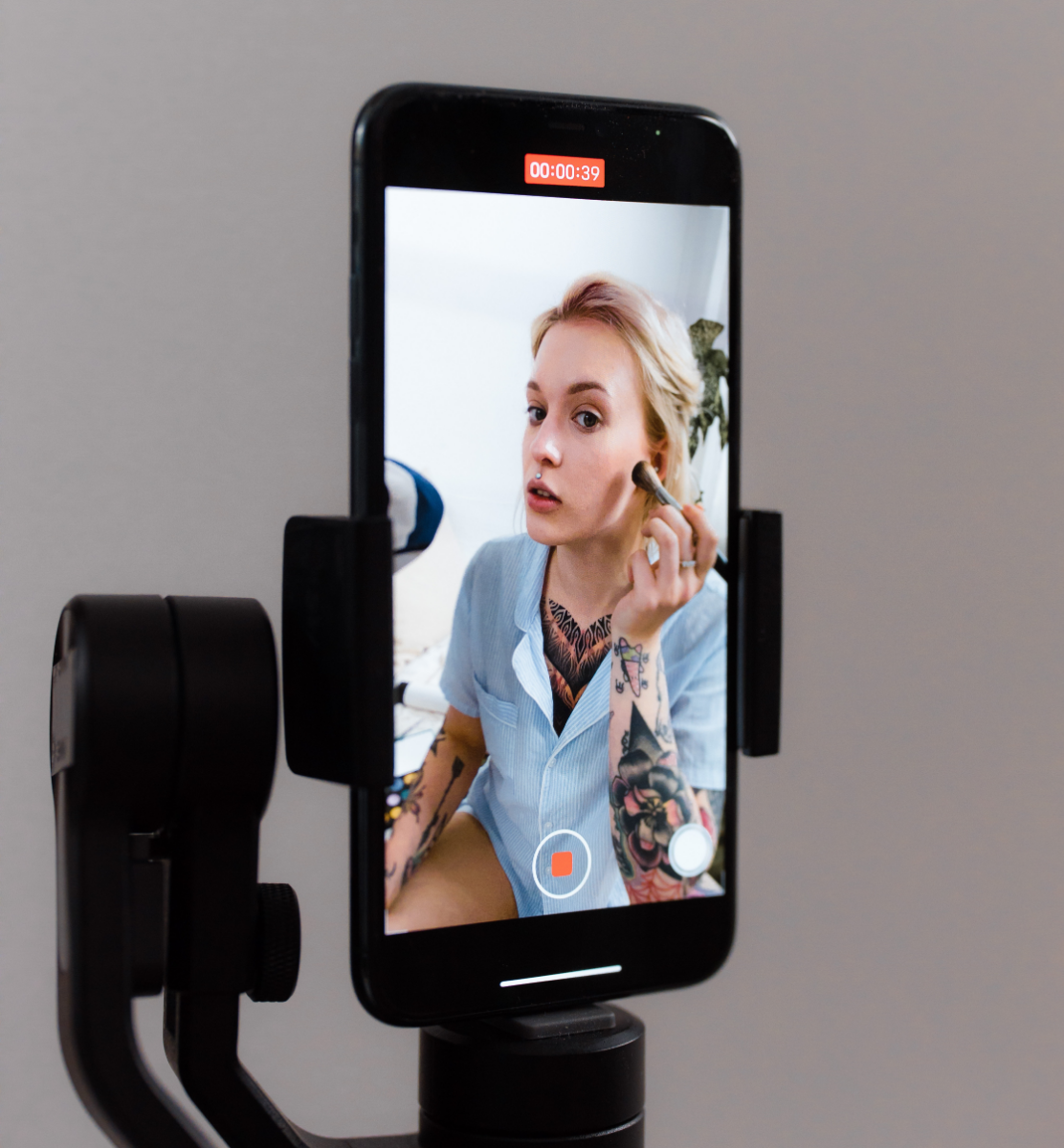
#2 Artificial Intelligence
In today's fast-paced digital age, artificial intelligence has become a crucial trend in the eCommerce industry. From chatbots to AI-powered personalized advertising campaigns, AI technologies have the ability to streamline processes, enhance customer experiences, and drive business growth.
AI is also making a significant impact in supply chain management. AI-powered tools can help businesses forecast demand, optimize inventory, and improve logistics, leading to cost savings and faster delivery times. Additionally, AI-based systems can assist with fraud detection, reducing the risk of financial loss for businesses.
All these facts make AI a big trend not only for Magento 2 stores but for all eCommerce businesses. So let’s look at the most popular representatives of AI technology which you should implement into your website this year.
1. Chatbots
Chatbots are rapidly emerging as a trend in ecommerce for the year 2023. These AI-powered programs are able to mimic human conversation and can be integrated into a variety of platforms, including websites and messaging apps. As a result, Magento 2-based businesses are turning to chatbots as a way to improve customer service and drive sales.
One of the most significant benefits of chatbots for ecommerce is their ability to provide instant customer service. Chatbots are available 24/7, and can quickly answer frequently asked questions, assist with order placement, and help customers navigate a website. The statistics show that more than 60% of conversations held by chatbots help buyers to resolve their issue. This not only improves the customer experience but also frees up human customer service representatives to focus on more complex issues.
Chatbots also have the potential to increase sales by providing personalized product recommendations and special deals. They can analyze customer data, such as purchase history and browsing behavior, to make tailored suggestions and offers, which can lead to higher conversion rates.
Additionally, chatbots can assist customers with the buying process, guiding them through the checkout and answering any questions they may have.

2. Personalized advertising campaigns
With the ability to process large amounts of data, AI algorithms can analyze consumer behavior and preferences, making it possible to personalize recommendations, promotions, and advertisements. According to a survey held by Business Insider Intelligence, AI-powered personalization is expected to drive $800 billion in retail sales by 2023.
Personalized advertising campaigns can take many forms, from customized email and social media campaigns, to personalized ads on search engines and other websites. Businesses can use this data to segment their customer base and create different advertising messages for different groups of customers. This can lead to more impressive and efficient marketing campaigns, as the messages are more likely to be relevant and interesting to the customers receiving them.
Personalization can also be done across the customer journey, from creating custom landing pages to personalized shopping cart experiences, it allows a more cohesive and consistent experience.
3. Virtual assistants
AI-powered virtual assistants are becoming increasingly popular for customer service in eCommerce. These assistants can handle a variety of tasks, such as answering frequently asked questions, placing orders, and troubleshooting technical issues.
With the ability to understand natural language and provide quick, accurate responses, AI-powered virtual assistants can improve customer satisfaction and loyalty, while also freeing up human customer service reps to handle more complex issues.
As an example of using virtual assistants, let’s look at the online furniture store Wayfair. Their virtual assistant "Wayfair Genius" provides customers with personalized product recommendations based on their browsing history and purchase history. Wayfair Genius can also be used to answer customer questions and provide information on products, delivery and assembly.

#3 Subscription business model
More and more businesses have already switched to the subscription business model. As reported by McKinsey & Company, 15% of e-commerce shoppers have subscribed to one or multiple subscription-based services. Subscriptions allow customers to receive regular deliveries of products or services. That’s why they have become increasingly popular in various industries, such as food, beauty, and clothing.
One major benefit for businesses is the predictability of revenue that subscription models provide. By having a steady stream of recurring payments from customers, businesses can plan their finances and inventory accordingly. This is especially useful for small businesses and startups who want to maintain a steady cash flow.
Subscription benefits for customers:
- Convenience
Subscriptions take the hassle out of having to repeatedly purchase products or services, by delivering them on a regular basis. This can be especially beneficial for items that are frequently used or need to be replenished, such as meal kits, beauty products or vitamins.
- Personalization
Many subscription services allow customers to customize their orders or receive personalized recommendations based on their preferences. This can lead to a more enjoyable and satisfying shopping experience.
- Cost savings
Subscription services often offer discounts or special deals to subscribers. Additionally, by committing to a longer-term subscription, some services may offer better rates than buying individual products or services.
- Exclusive offers
Subscribers may also receive exclusive offers, discounts, or early access to new products.
- Satisfaction guarantee
Some subscription services offer the option to cancel at any time, making customers feel more secure and satisfied with the service, knowing they are not locked into a long-term commitment.
Subscription-based services can also provide a deeper level of engagement between the business and the customer. It leads to better understanding of consumer needs, preferences and even loyalty.
Although the Magento 2 platform lacks native subscriptions' functionality, there are good M2 subscription extensions. They allow users to sell one-off products together with subscriptions, set discounted plans, send email notifications and reminders, etc.

In general, in 2023, we can expect to see more businesses, both established and new, to adopt subscription models in order to establish stronger customer relationships and increase revenue predictability.
#4 Visual representation and videos
Visual representation and videos are crucial in eCommerce. Online shoppers can't physically touch or try on products. And one of the main tasks of visual representation is to show products in a more realistic and detailed way. This can include using high-quality images, 360-degree views, and even augmented reality (AR) experiences. These technologies can be especially useful for Magento 2 stores that sell products such as clothing, furniture, or home decor, as they allow customers to see the products in a more realistic context and get a better sense of how they will look and fit in their own homes.
To achieve a stronger effect, brands employ different techniques like design planner or picture zoom. It allows customers to have a better understanding of how the product looks in real life.
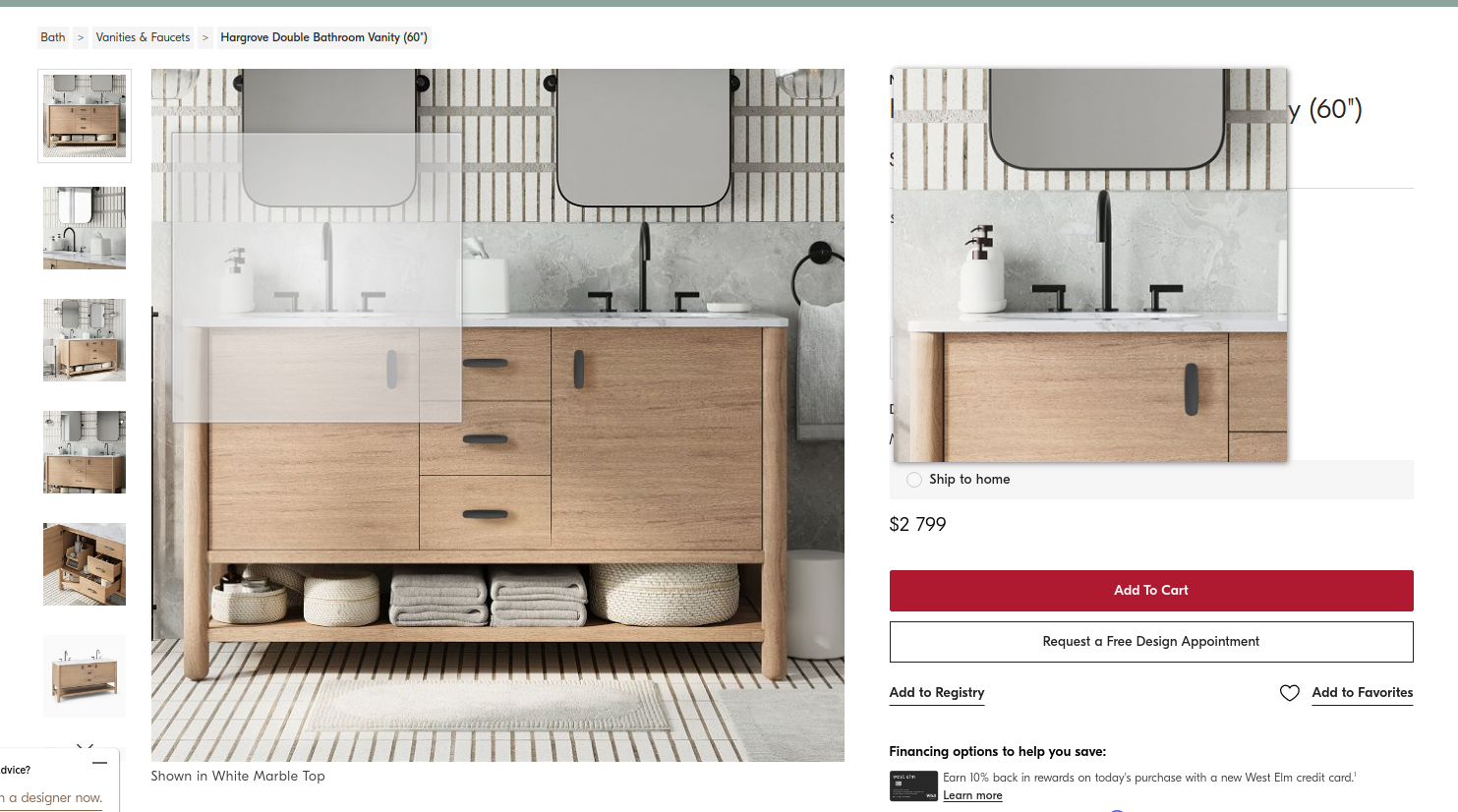
Videos are another powerful medium that can be used to showcase products, provide product demos, and share customer reviews and testimonials. According to a study by Liveclicker, video-based product pages can increase the chance of conversion by up to 80%.
Videos can be used to provide an in-depth look at a product's features and benefits, and can also be used to demonstrate how a product is used in real-life settings. This can be especially useful for businesses that sell products such as electronics, appliances, and other items that may require assembly or installation.
In addition to this, visual mediums can also help to improve the customer experience by creating a more immersive and engaging browsing and shopping experience. This can lead to increased sales and customer loyalty, as customers are more likely to purchase from a business that they feel is providing them with the information and tools they need to make an informed decision.
#5 Mobile apps
With the increasing number of consumers using smartphones to browse the internet and make purchases, businesses are turning to mobile apps as a way to improve the customer experience and drive sales.
The benefits of mobile apps:
- Seamless and convenient shopping experience for customers
With a mobile app, customers can easily browse products, make purchases, and track their orders from their smartphones. This can be especially useful for businesses that sell products that require frequent reordering, such as groceries or household essentials.
- Increased customer engagement and boosted sales
Mobile apps can also be used to provide personalized and targeted marketing to customers. For example, businesses can use mobile apps to send push notifications to customers with personalized product recommendations or special deals.
- Personalized experience
Mobile apps can also be used to improve the in-store experience by using features like geolocation and beacons, to provide personalized offers, deals and information to customers when they are in the physical store.
- Enhanced customer loyalty
Mobile apps can be used to improve customer loyalty, with features like loyalty programs, rewards, and exclusive perks for app users.
To Summarize
In conclusion, the eCommerce industry is constantly evolving, and staying on top of the latest trends is crucial for businesses to stay competitive. Five key trends to keep an eye on in the coming years include Omnichannel selling, Artificial Intelligence, Subscription business model, Visual representation and videos, and Mobile apps.
Omnichannel selling, which allows businesses to connect with customers across multiple channels, is becoming increasingly important as consumers expect a seamless shopping experience.
Artificial Intelligence is also making a significant impact in eCommerce. By leveraging AI, businesses can personalize recommendations, promotions, and advertisements, and improve their customer service, fraud detection, and supply chain management.
Subscription-based models are becoming more popular as they provide a steady stream of recurring revenue for businesses and the convenience for the customer.
Visual representation and videos are essential for product presentations, it helps to make products more accessible and tangible, and could increase the chances of customer conversions.
Finally, mobile apps have become increasingly important as mobile commerce continues to grow. By creating mobile apps, businesses can reach customers on-the-go, provide a seamless shopping experience, and increase brand awareness.
To stay ahead of the competition, businesses should consider implementing these trends into their operations. By doing so, they can enhance customer experiences, improve efficiency, and drive growth.








